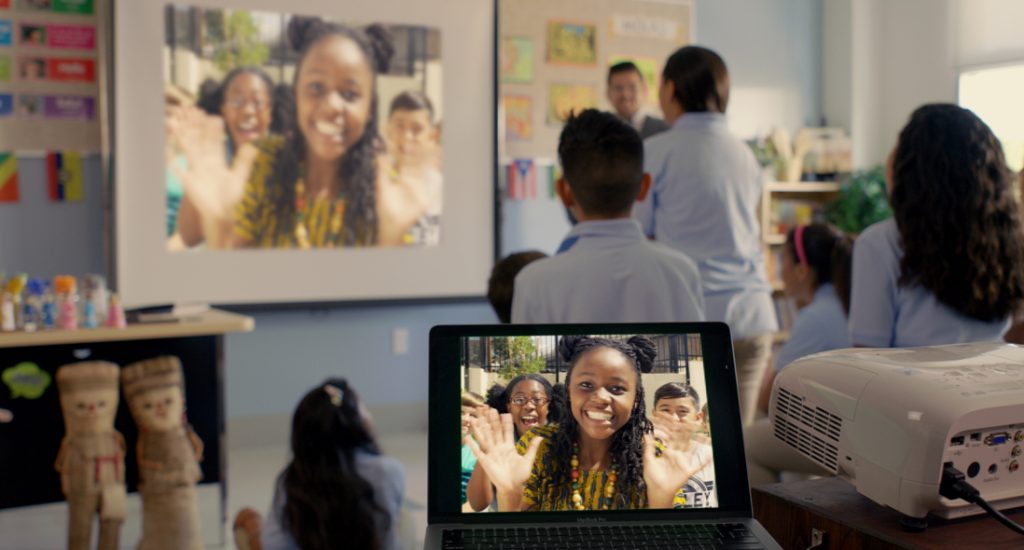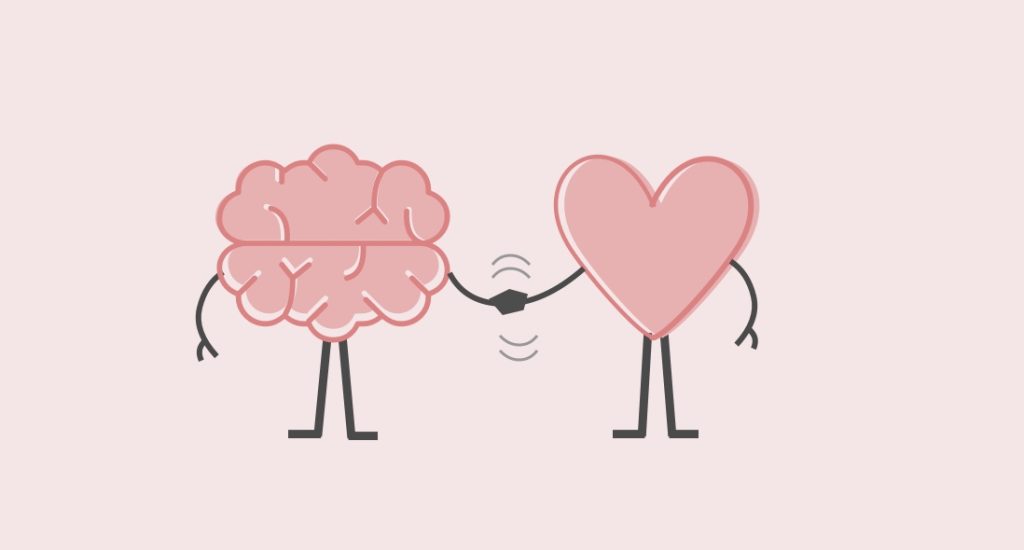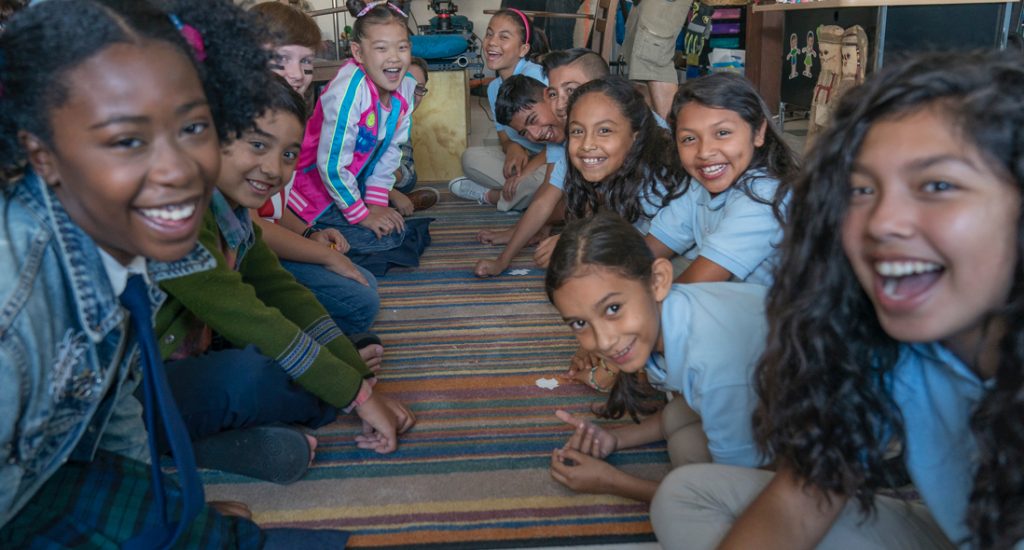The ability to actively listen and communicate respectfully with others can help students in everyday conversations as well as in developing meaningful relationships with their peers. This skill involves a number of nonverbal cues, such as eye contact, body position, nodding, and facial reactions, as well as the cognitive focus to listen and take turns.
Respectful communication also involves the words students choose to agree and disagree with peers. In this way, it is a skill that involves a number of prosocial behaviors that all work together to help students build stronger relationships. Respectful communication is also one of four core skills we highlight in all Empatico activities to support meaningful connections between classrooms that meet and collaborate virtually through our online tool.
As an educator you can help your students practice respectful communication through a number of small yet meaningful daily practices, such as:
- Model good communication through practice conversations with students (e.g., maintain eye contact, focus on the conversation, nod your head, etc.).
- Consider using a ‘talking stick’ or other small object during discussions to signal turn-taking. When a student has the object, it’s his/her turn to talk and everyone else listens.
- Post a list of sentence starters (or print on notecards for each student) that can help students respond respectfully and empathetically during conversation.
Below are a few ‘mini-lessons’ you can also try in your classroom to practice communication skills. These mini-lessons can be adapted to teach respectful communication across all elementary grade levels.
Mini-lessons to teach respectful communication in your classroom
Lesson #1: What is respectful communication? (estimated time: 45-60 min)*
1. Gather initial ideas: Ask students what they think respectful communication means, and write their ideas on the board. To help spark ideas, you might ask them: Who do you know that is really good at respectful communication? What do you notice about their communication that makes you think that?
2. Set up for role-play: Tell students they will now role-play a conversation to demonstrate what respectful communication looks like, and how it affects others. Ask two students (Student A and Student B) to participate in the conversation and have them sit across from each other so they are facing each other.
3. Students act out poor communication: Tell Student A to demonstrate what they think poor communication looks like toward Student B — you may want to give them hints (e.g., avoiding eye contact, fidgeting, looking bored, interrupting, etc.). Tell the rest of the class to also demonstrate poor listening skills of an audience (e.g., talking in the background, not looking at the speaker, etc.). Then tell the two students to start discussing a topic (e.g. a general topic such as “What did you do last weekend?”).
- After a few minutes of role-play, ask Student B how it felt to speak with another student who demonstrated poor communication skills.
- Ask both students how it felt to have a loud audience who was not paying attention to their conversation.
- Emphasize how poor communication skills can negatively affect others and damage relationships.
4. Students act out respectful communication: Tell both Student A and Student B (or choose a new pair) that they should now demonstrate what they think respectful communication looks like (e.g., eye contact, keeping their bodies still, reacting with nods and smiles, taking turns speaking, paraphrasing, responding with respectful comments, etc.). Tell the rest of the class to also demonstrate respectful communication by paying close attention to Student A and Student B and remaining silent. Then tell the pair of students to begin discussing another topic.
- After a few minutes of role-play, ask both Student A and Student B how it felt to speak with another student who practiced respectful communication skills.
- Ask both students how it felt to have an attentive audience.
- Emphasize how respectful communication skills can help them have positive experiences and interactions with others.
5. Conclude and reflect as a class: Return to the original list of ideas students generated in the first step about what they think respectful communication means. Ask students if they have anything to add or revise, now that they’ve experienced this firsthand. Reflect on the role-play exercise by asking one or more of these suggested questions:
- How did poor communication skills affect Student B? How did they affect you and your learning?
- Why is it important to practice respectful communication skills with others?
- How can we improve our communication skills in our conversations together?
- Let’s look at our poster of respectful communication. What are you good at? What can you improve?
*This mini-lesson was adapted from Exercise 4.2.1 in “Creating a Culture of Peace in the English Language Classroom” by Alison Milofsky from the United States Institute of Peace.
Lesson #2: Practice respectful sentence starters (estimated time: 20 min)
Post the following list of sentence starters and encourage students to use them to respond
respectfully and empathically toward others.
Paraphrasing
- I think you’re saying that…
- In other words, you believe/think that…
Giving your opinion
- I believe/think/feel that…
- From my perspective…
Checking for understanding
- Can you explain _________ again?
- What did you mean when you said_________?
Agreeing
- I agree with _____ because…
- I want to add to what you said…
Disagreeing
- I understand your point of view, but I respectfully disagree because…
- I’m not sure about ______, can you tell me why you think that?
Showing empathy and understanding
- I see why you feel/think that way because…
- I hear what you’re saying, can you tell me more?
For additional ideas on how to promote respectful communication skills, check out the following articles:
Teaching your students how to have a conversation
Respectful Talk (video)
Active Listening for grades 3-6
Do you hear what I hear? 8 activities to improve listening skills
6 strategies for teaching listening skills in the classroom
To learn more about Empatico Skills like respectful communication, read our recent posts on 21st century skills and teaching empathy. You can also explore the skills and additional mini-lessons by downloading our Empatico Skills Overviews & Mini-Lessons.
“With Empatico, my young students can learn how to communicate with other people they don’t know, and that’s something they’ll be doing daily in the future. The more we can prepare them for the world, the better – those “Empatico Skills” and strategies are excellent in helping with that! We did the “Respectful Communication” role play lesson, which helped reduce my students’ nervousness so they felt more comfortable during the interaction.”
– Vicky Masson, primary educator from Rockville, Maryland



